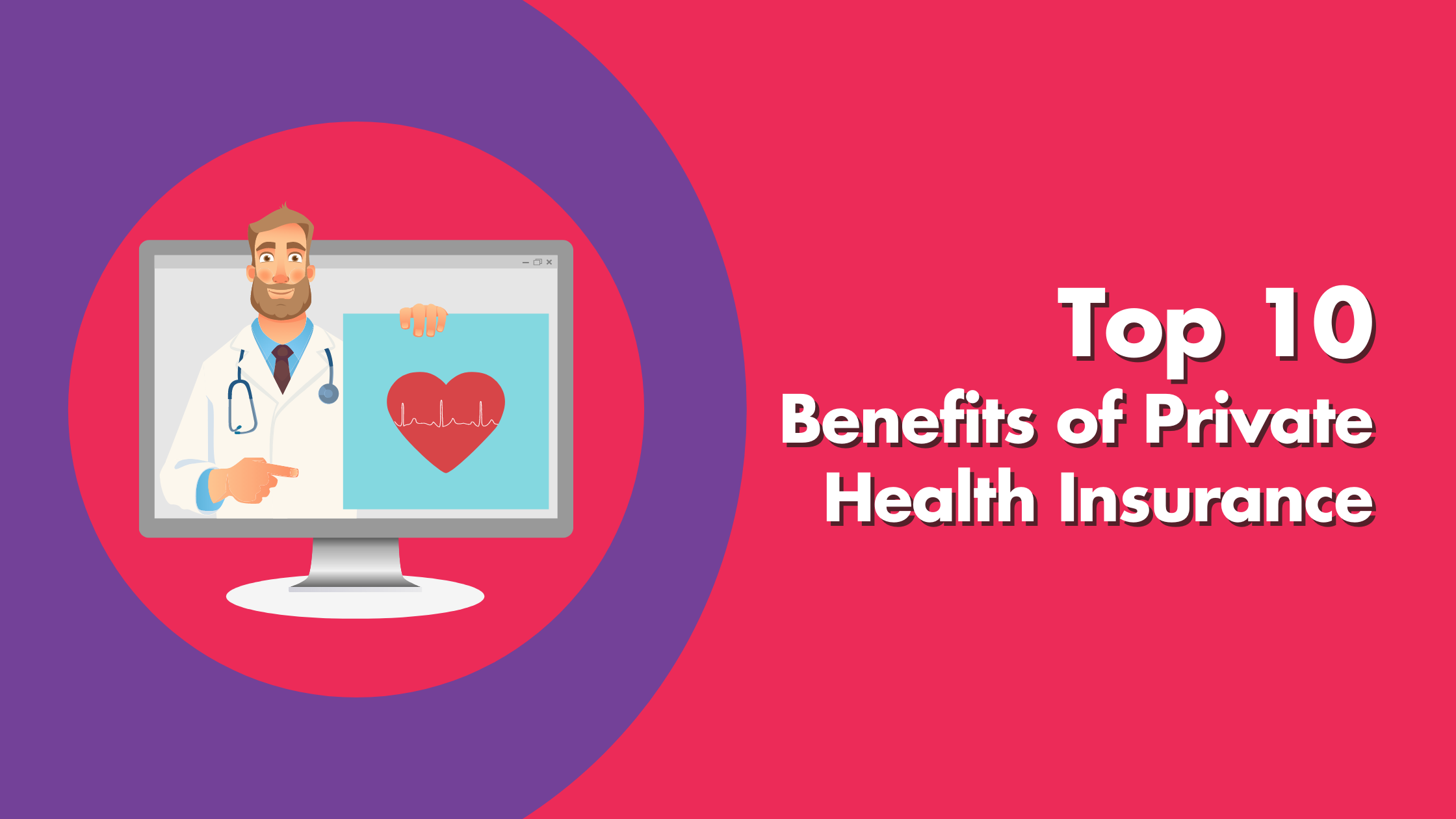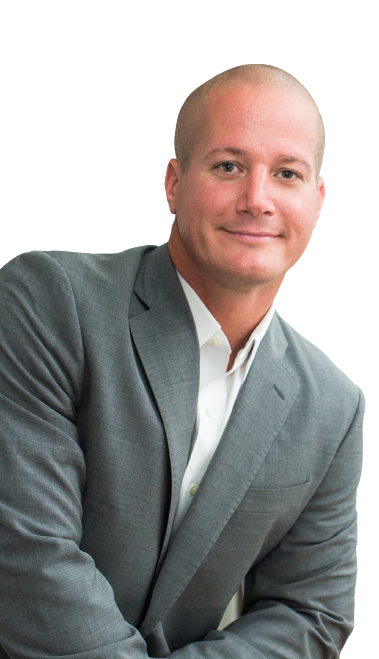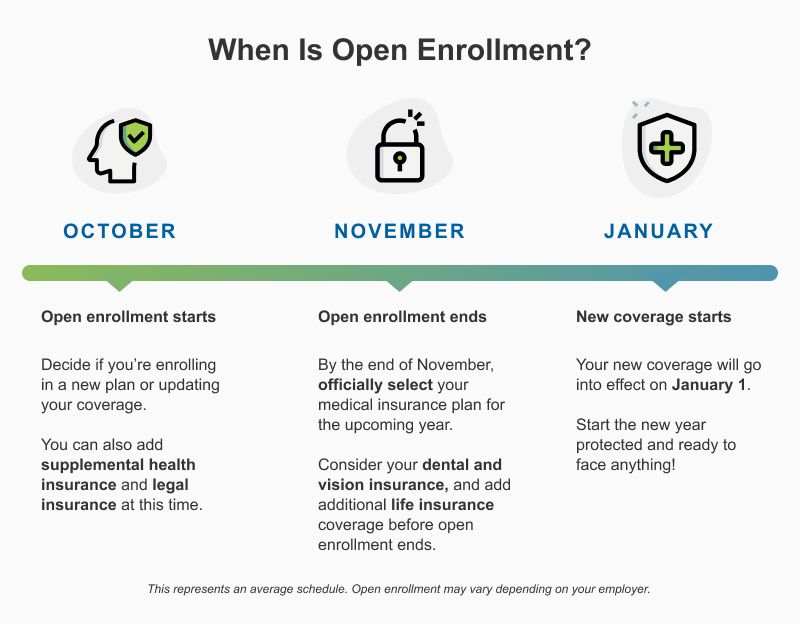The Main Principles Of Medicare Advantage Agent
The Main Principles Of Medicare Advantage Agent
Blog Article
Our Medicare Advantage Agent Diaries
Table of ContentsWhat Does Medicare Advantage Agent Mean?All about Medicare Advantage AgentThe 20-Second Trick For Medicare Advantage Agent


follows from complies with the perplexing young fairly profile of account uninsured with the better healthMuch better wellness average, of younger personsMore youthful For those without accessibility to work environment health insurance coverage, inadequate wellness is a prospective barrier to purchasing nongroup coverage since such insurance coverage may be highly priced, exclude pre-existing conditions, or be merely not available. Unless otherwise kept in mind, nationwide quotes of individuals without health and wellness insurance and percentages of the populace with various kinds of insurance coverage are based on the CPS, the most commonly utilized source of price quotes of insurance protection and uninsurance rates.

Medicare Advantage Agent Fundamentals Explained
The connection in between health insurance policy and accessibility to care is well established, as documented later in this phase. The relationship in between health and wellness insurance and health and wellness results is neither straight nor straightforward, a considerable medical and health and wellness services study literature web links health and wellness insurance coverage
to improved access to care, better far betterHigh quality and improved boosted individual population health wellness. The second report, on personal health end results for without insurance grownups, is stood for by the innermost circle of the number, while the third report, on family members well-being, includes the subjects of the second record yet highlights a different device of analysis, particularly, the family.
It concentrates particularly on those without any type of wellness insurance for any length of time. The problems dealt with by the underinsured remain in some respects similar to those dealt with by the uninsured, although they are generally much less extreme. Uninsurance and underinsurance, however, include clearly different policy concerns, and the strategies for resolving them might vary. Throughout this research and the 5 records to adhere to, the main emphasis is on individuals without medical insurance and hence no assistance in spending for healthcare beyond what is offered through charity and safety and security web establishments. Medical insurance is a powerful aspect affecting receipt of treatment because both clients and doctors react to the out-of-pocket cost of services. Wellness insurance policy, nonetheless, is neither required neither enough to get to medical solutions. The independent and straight result of health and wellness
insurance insurance policy on access accessibility health health and wellness is well establishedDeveloped Others will get the health and wellness care they need also without health and wellness insurance coverage, by paying for it expense or seeking it from companies that provide treatment totally free or at very subsidized rates. For still others, medical insurance alone does not make sure receipt of care since of other nonfinancial barriers, such as a lack of health and wellness care companies in their neighborhood, minimal accessibility to transportation, illiteracy, or linguistic and social distinctions. Formal research regarding without insurance populations in the United States dates to the late 1920s and early 1930s when the Board on the Cost of Healthcare generated a series of records concerning funding physician workplace visits and hospitalizations. This problem came to be salient as the numbers of medically indigent climbed during the Great Clinical depression. Empirical researches consistently support the link in between accessibility to care and boosted wellness results(Bindman et al., 1995; Starfield, 1995 ). Having a routine resource of treatment can be thought about a forecaster of gain access to, as opposed to a straight action of it, when health and wellness results are themselves utilized as accessibility indications. This expansion of the concept of gain access to dimension was made by the IOM Board on Keeping An Eye On Gain Access To to Personal Health And Wellness Treatment Solutions(Millman, 1993, p. Whether or Going Here not parents are guaranteed shows up to affect whether or not their children receive care as well as how much careeven if the youngsters themselves have coverage(Hanson, 1998). The wellness of moms and dads can impact their capability to here take care of their children and the degree of family members stress and anxiety. Fretting about their kids's access to care is itself a resource of stress and anxiety for parents. Three phases adhere to in this report. Chapter 2 gives a review of exactly how employment-based medical insurance, public programs and individual insurance plans operate and interact to supply substantial but insufficient protection of the U.S. populace. This includes a testimonial of historical trends and public laws influencing both public and private insurance coverage, a conversation of the communications amongst the various sorts of insurance coverage, and an assessment of why people move from one program to one more or finish up

Report this page